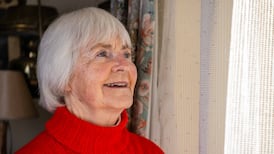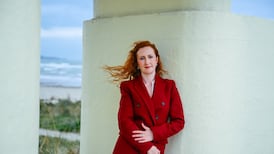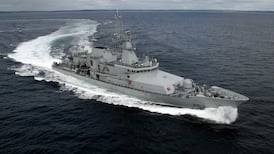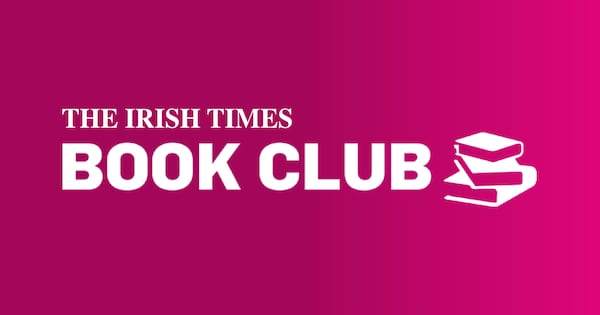In his introduction to Des Lee’s book, which tells the story of the 1975 Miami Showband massacre and his quest since for justice, Fr Brian D’Arcy says that few under 50 will recognise the picture of the island of Ireland it paints.
The same could be said of Eugene Reavey’s book recounting the brutal killings of his three brothers six months later and the horror of living in a place where death stalked the land.
The books, both co-authored by journalist Ken Murray, are filled with anger at the obstacles put in their way by the British authorities as they have fought to discover the truth of what happened half a century ago.
In his book, Reavey tells the story of a short drive with Jon Boutcher, now chief constable of the Police Service of Northern Ireland (PSNI), along the Kingsmill Road in south Armagh shortly after the Englishman was appointed in 2016 to lead a new investigation into old Troubles killings.
Reavey drove Boutcher, whose escort followed behind. In just two miles, there were memorials to 17 people – including his brothers and the 11 Protestants killed in the Kingsmill massacre 24 hours later.
From there, the two drove just two miles to the Mitchell farmhouse in Glenanne, from where a loyalist death-squad operated, one that included members of the Ulster Defence Regiment and the Royal Ulster Constabulary.
Boutcher was “amazed” that so many blatantly sectarian killings had taken place so close together. “What really shocked him was the failure of the RUC to properly investigate them,” writes Reavey. Rightly so.
Given the false charges of IRA membership laid at the door of his dead brothers, and the late Rev Ian Paisley’s equally false allegation that Eugene had been involved in the Kingsmill massacre, his anger is hardly surprising.
In Reavey’s narrative, SAS soldier Robert Nairac was everywhere – the instigator of the Dublin/Monaghan bombings, the Miami Showband massacre, the Reavey killings, the O’Dowd murders 15 minutes later near Lurgan, and others.
The charges against Nairac, later killed by the IRA, are not, however, proven by Lee, even if the collusion involving RUC officers, the UDR and the regular British army in the murders of Catholics in the 1970s went high up the ranks.
[ Who was Robert Nairac and what happened to him?Opens in new window ]
Equally, his insistence that he has found proof that the killings of his brothers and the Kingsmill massacre were orchestrated by the British military to provoke an outright civil war is questionable.
His book lays great stress on a report written by a British army major with 3rd Infantry Brigade the day after the Reavey brothers were shot. The report was unearthed in the British National Archives in Kew.
“With the acute alarm that has been caused by the KINGSMILLS murders of 5 Jan ‘76, the chances of wholesale indiscriminate slaughter of Catholics must re-emerge,” the note declares.
“When I read the note,” writes Reavey, “I was shocked.” The document clearly states, he goes on, that the targeting of Catholics must be closely controlled and directed by UVF leaders to provoke a civil war.
However, a fuller reading of the report, whether it be right or wrong, makes clear that it is an assessment of the UVF’s actions, rather than an outline of a strategy the British were directing, using the UVF as its tool. Again, it may be true, but it is not proven.
The tenor of Lee’s book contains anger, too, but it is more controlled. Few of those who heard early morning radio headlines on Thursday, July 31st, 1975, will forget the horror felt when word broke of the attack on the showband.
For both, the past is not the past, it remains the present: “For many people, 1975 is a long time ago, but every other day, the horrors of that night come back to haunt me and remind me repeatedly of how lucky I am to have made it this far.”
In April this year, hundreds marched in Moygashel, Co Tyrone to honour Wesley Somerville, one of two UVF men killed when a bomb they were putting under a seat in the van exploded prematurely.
The plan had been that the bomb would explode later, fuelling charges that the showband and the many others crossing the Border regularly were involved in transporting weaponry for the IRA.
Neither author expects that the full story will ever be released, though both believe that the collusion unearthed already between the UVF and the British military barely scratches the surface. For their sakes, one must hope they will get the answers they seek.











